パックラフト・アディクト | #25 グランドキャニオン <前編>一通のメールから始まった人生最高の旅
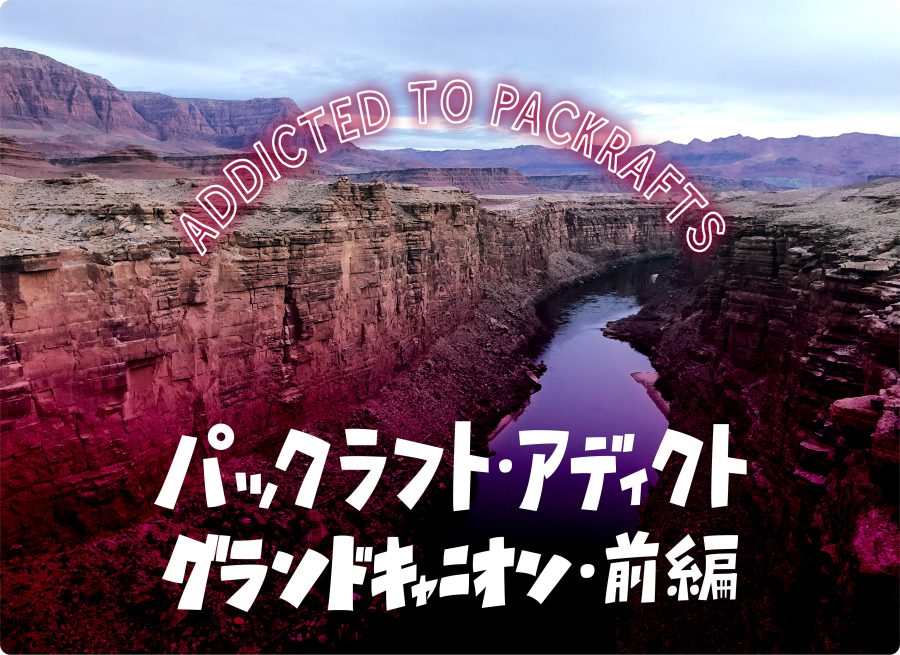
PACKRAFTING THE GRAND CANYON – PART 1: HOW IT ALL STARTED, AND PREPARATION
How It All Started
“Hello Konstantin,
I hope you are doing well! Ben Phillips here from Alpacka. I just got a last minute permit to run the Grand Canyon December 11-22. I thought I’d see if you were interested. It will be a self-support packraft trip.
All the best,
Ben”
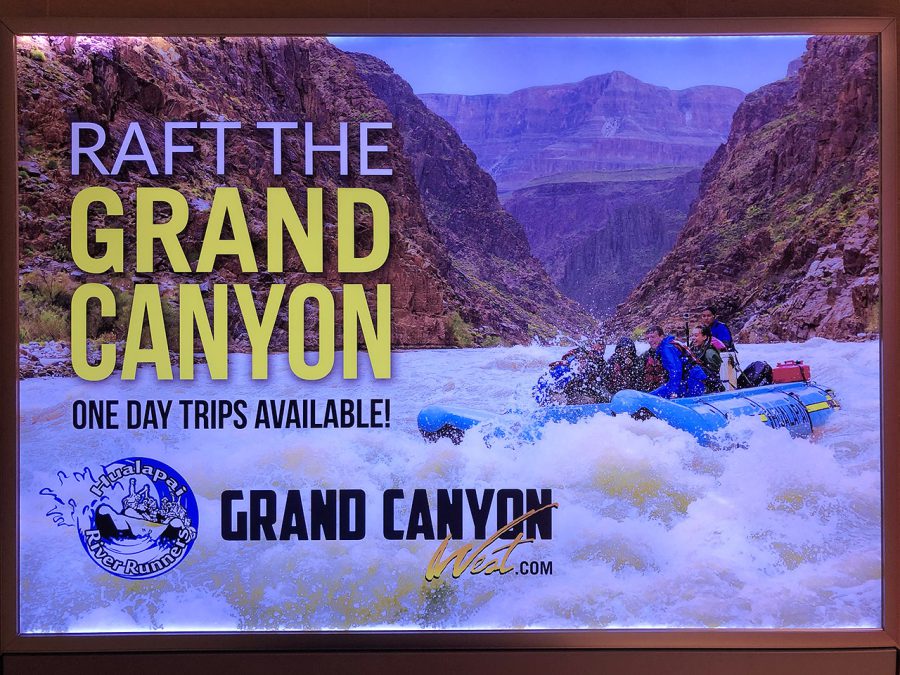
This was the email that started it all. I receive it on Friday evening, October 12, when I was standing at a dark bus stop in Poznan, Poland (my wife’s hometown) waiting for a bus that seemed to be running late. When I read these couple of sentences, I felt short of breath and that my stomach filled up with butterflies. “Am I interested?” “Of course, I am!” Just a week before that, when looking at the pictures of people paddling the Grand Canyon on Instagram, I had thought to myself that I would never have a chance to do it. Ever. And now this email.
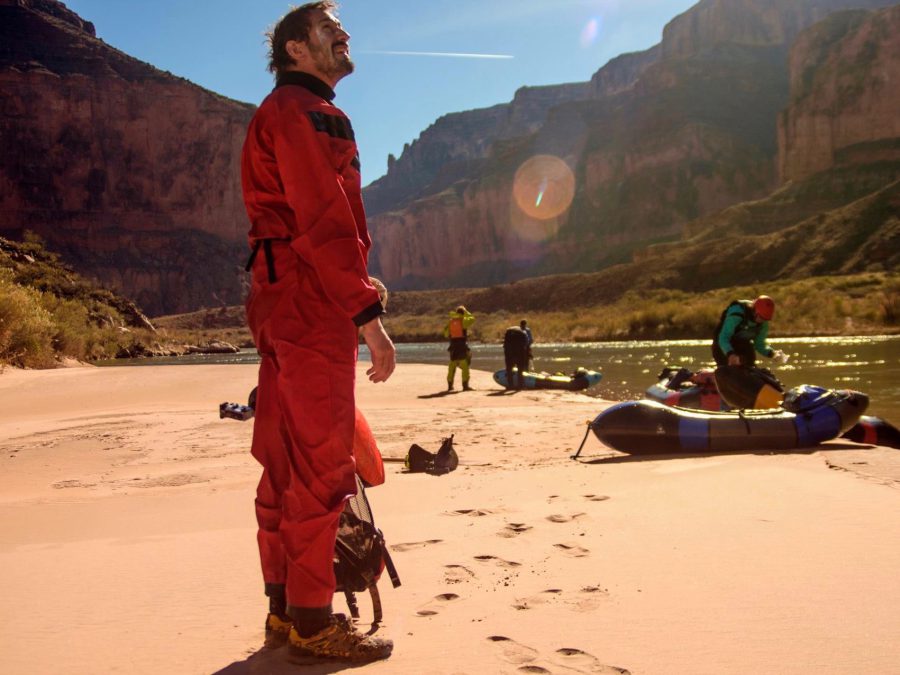
I quickly wrote a reply stating that I AM interested and, though I still needed to get an OK from my wife and my boss from work, I was sure I would make it happen. Eventually, it is the trip of a lifetime.
As the bus had not arrived yet, I called my wife and asked her to pick me up by car. “And, by the way, I have something to ask you about,” added I. “But I would not like to do it on the phone.” While waiting, I used the time and went on the Internet to prepare to argue the case why this WAS the trip of a lifetime.
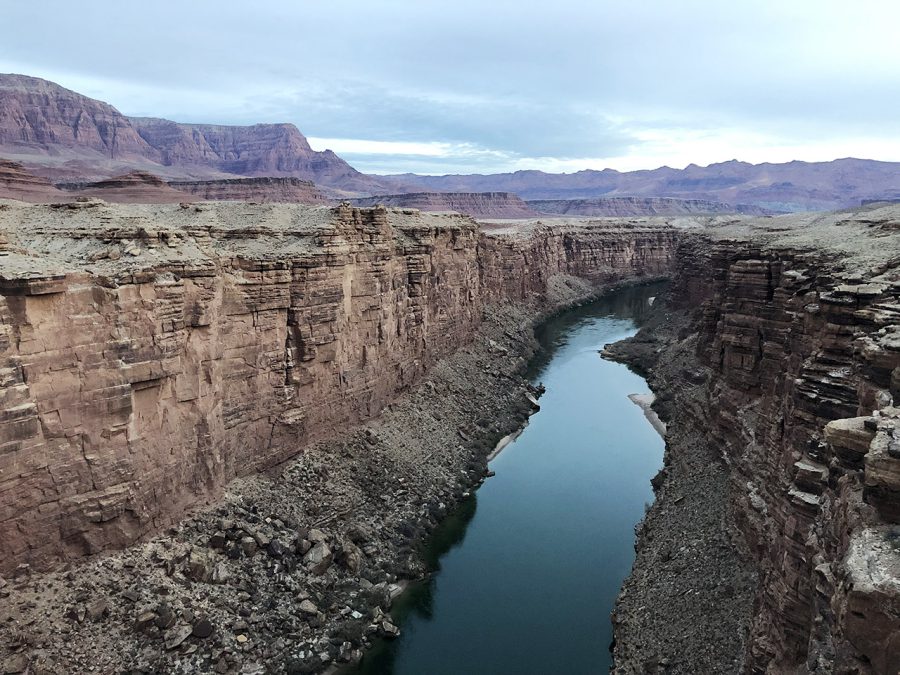
And here is why –With its unparalleled scenery, almost continuous whitewater, which is still relatively safe, and its special atmosphere of remoteness, paddling the Colorado river through the Grand Canyon is considered to be one of the top paddling trips in the world. But it is not that easy to go on one, though, as you need to have a permit to do it. For a long time in the past, there was a waiting list for such permits, which had thousands of people waiting up to 20 years for a launch date. In 2006, the National Park Service changed it to a point-based lottery system, which they estimated would take similar amount of time as the old system. Though some dates, especially in winter months, are significantly easier to get permits for… (There is a good website from River Runners For Wilderness organization that explains the process.)
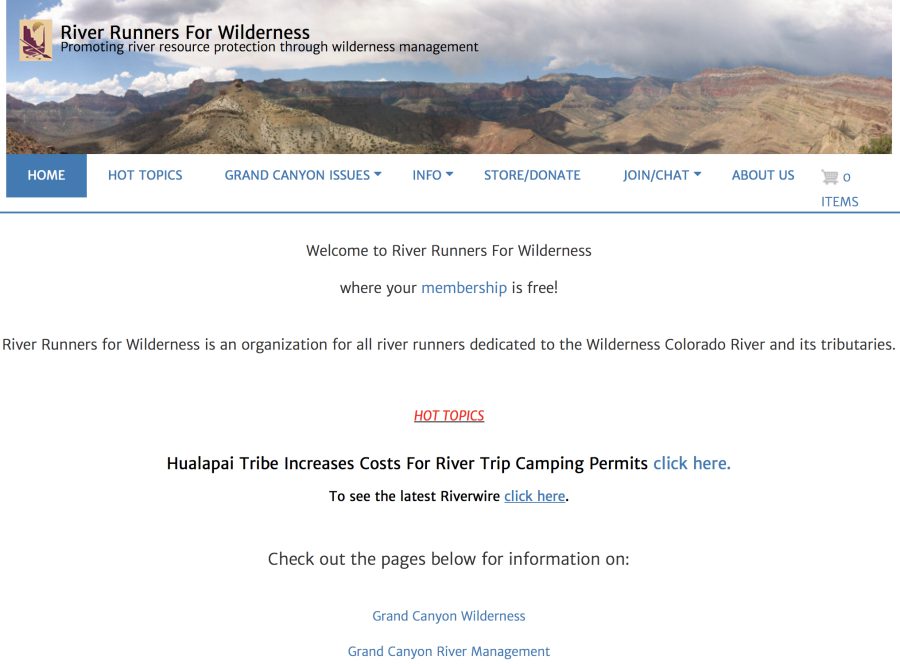
In addition to this, I searched for the river difficulty (varying, with parts rather easy but also including some really high-level ones) and cost of flight tickets (rather expensive due to the late booking time and the proximity of the holiday season).
And this is what I told my wife as well, on the way home. “You should definitely go,” she told me almost at once (to my surprise). “How often will you get a chance like that?”
Getting an OK from my boss turned out to be easy as well. As a lecturer, I have some hours each year that I can use for ‘personal development’ and such a trip was definitely beneficial for me in more than one way, which is why I could take those two weeks off. All I needed to do was to find someone to take over my classes.
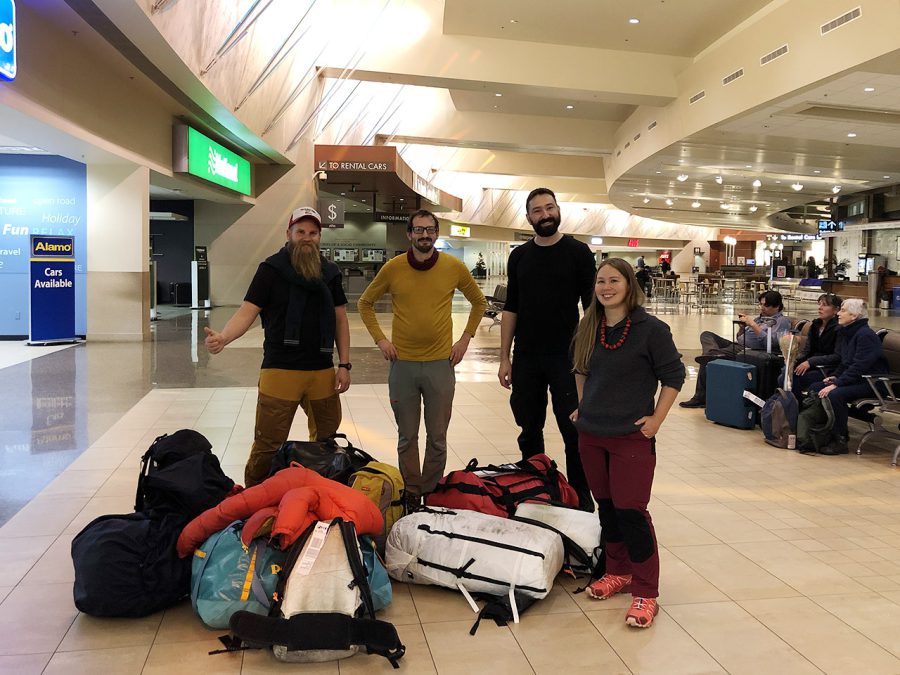
“I am in,” I wrote to Ben. “I’ll put you down,” he replied to me. “I need your name as it appears on your passport, date of birth, mailing address, phone number… I have had more interest than I’d expected and now the trip is up to 12 packrafts! With a few more deciding today. Should be fun!”
And just like that, the trip of a lifetime was on. And now I had to prepare for it.
Preparation
Usually people who apply for permits to paddle the Grand Canyon have more than a year to plan this trip. In our case we had less than two months. And, indeed, there were a lot of things to be organized for a trip like that.
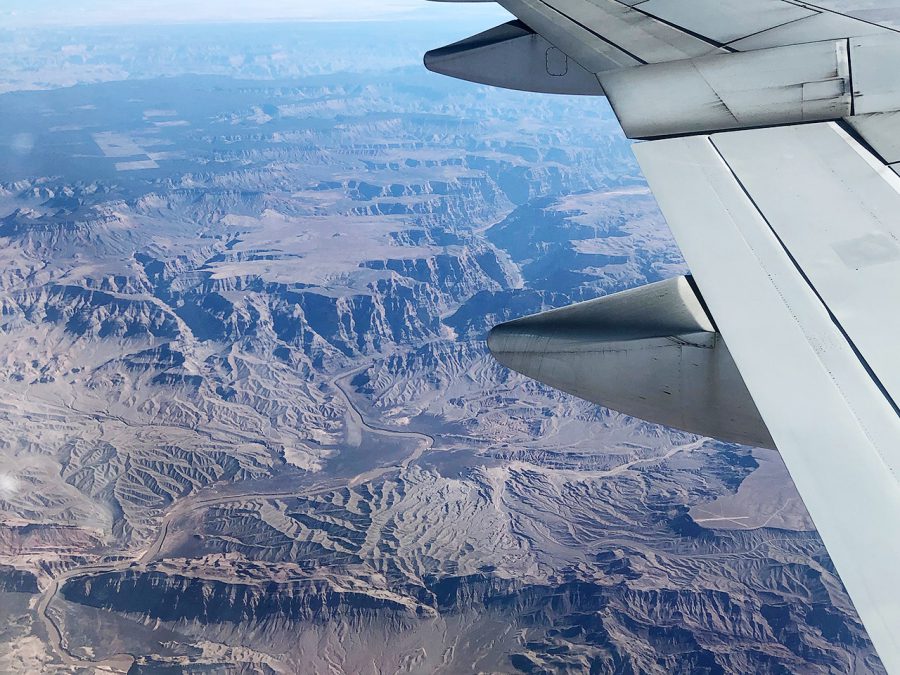
Luckily, I did not have to do everything on my own. As it turned out, Ben had also invited four packrafting friends of mine – Jacob and Jeremie from Sweden and Caj and Katja from Finland – and it made some planning and organization significantly easier.
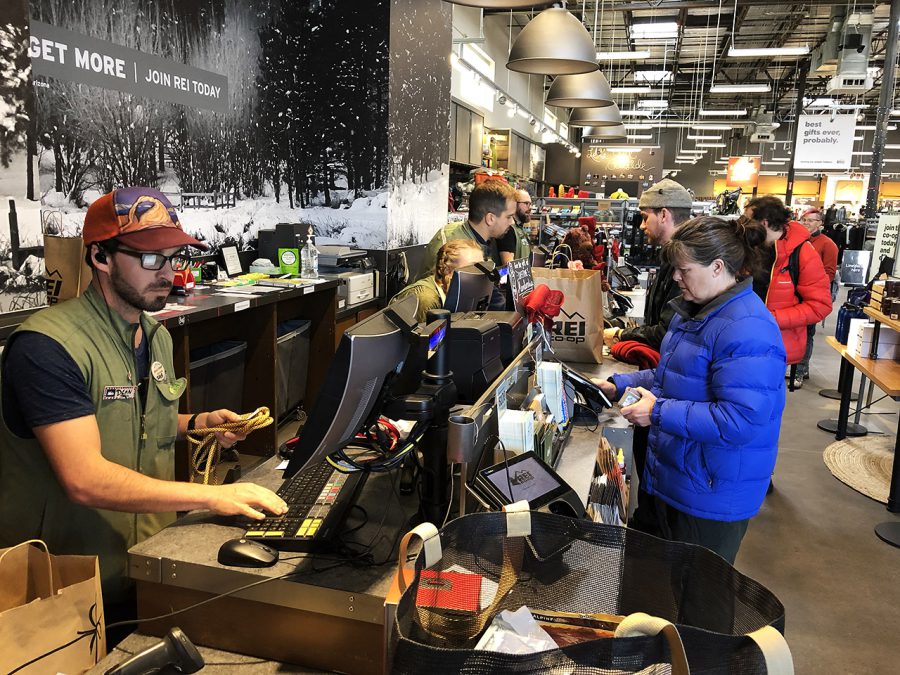
As the five of us were coming from Europe, we decided to travel as much as possible together to share the costs. We also shared information and reminded each other of some important matters. Jeremie, who had been to the States several times in the previous years, provided some valuable insights to us. For example, he suggested that, as some jetlag was guaranteed, it would be better for us to come at least one day earlier and stay in a motel, instead of camping at once. Other things that we discussed included travel and health insurance for the US, where to buy food for the trip and even which online travel authorization services to use (I almost paid 100 USD instead of 14 on the official ESTA application website).
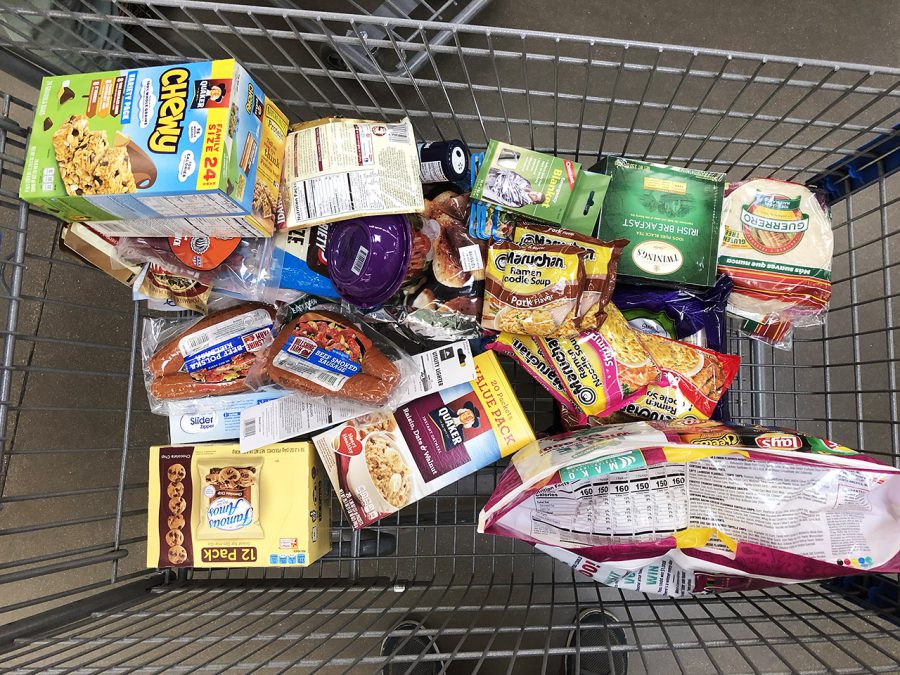
Organizing the transportation to the Grand Canyon proved a bit trickier than we expected as well. Though we were flying from different parts of Europe, we tried to make sure that we would be in Phoenix, Arizona, on December 9 around the same time. From there, we needed to get to Flagstaff, where we wanted to buy food for the trip, and on to Marble Canyon and Lees Ferry, which is the official put-in point.
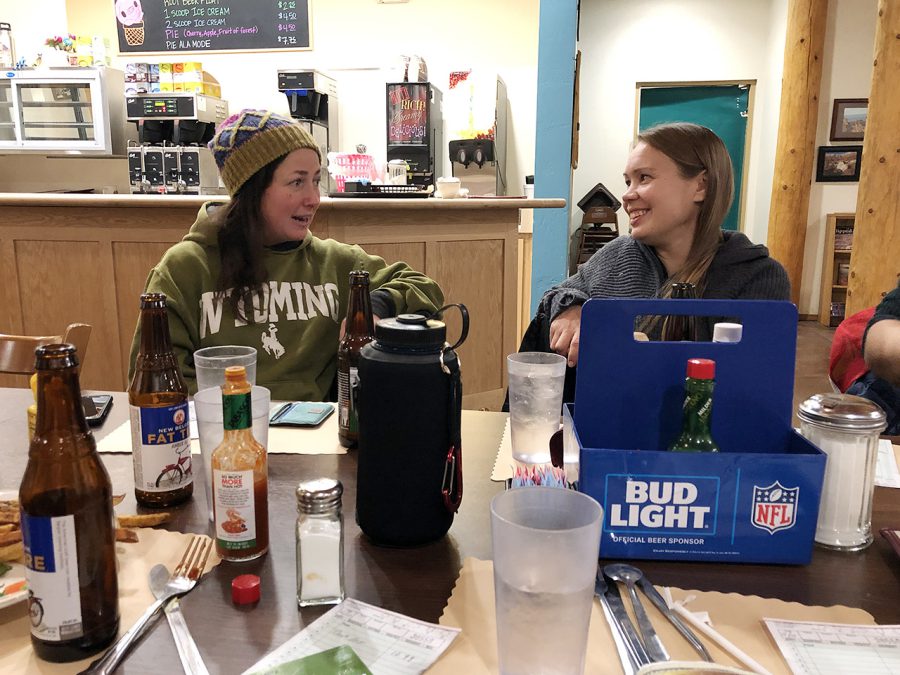
As it turned out, the last bit of the trip was not that easy to arrange. On the one hand, there was no suitable public transport to speak of. On the other, renting a car for all two weeks and having it moved to the end point was prohibitively expensive. Similarly, using a shuttle service to have just the five of us driven to the Grand Canyon was more than what we were willing to pay.
Lucky for us, one of the guys Ben invited to paddle on this trip, Jon, was coming from New Mexico and agreed to offer us a lift (even though it meant a short detour for him). Good thing that Ben could arrange it for us.
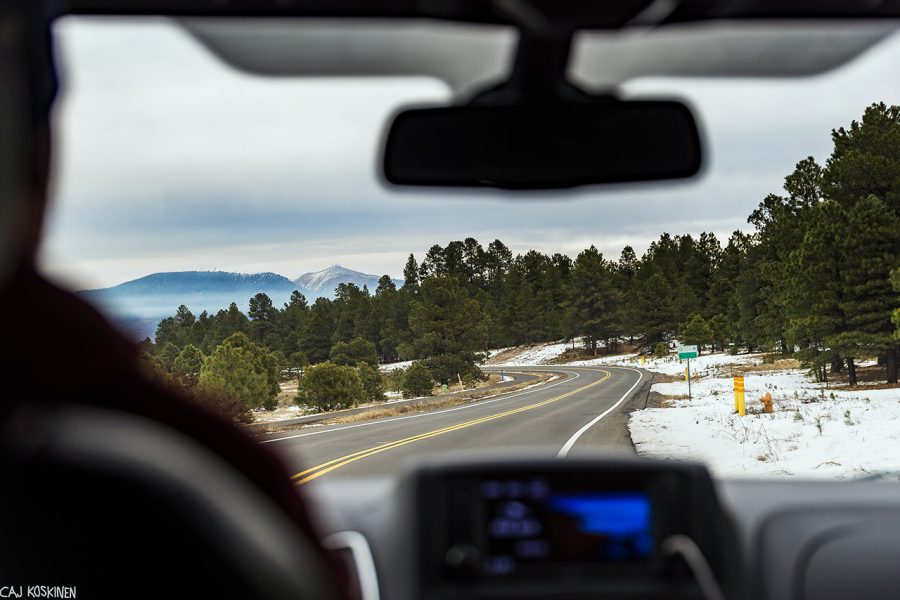
In general, throughout the whole preparation process, Ben helped us a lot. He processed all the data for the permit, organized a shuttle form the take out and back to Flagstaff, answered our numerous questions, and provided information on required equipment as well as things that could be useful on such a trip (it was going to be his 7th paddling trip in the Grand Canyon):
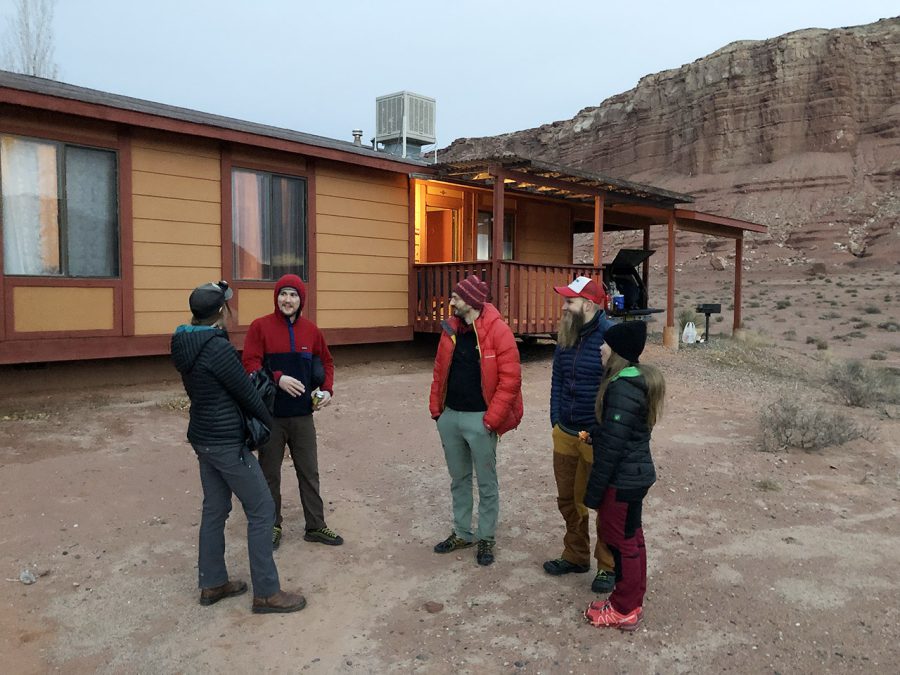
■ You Must have your picture ID or they won’t let you go!
■ Everyone must have a small First Aid kit on their raft.
■ All PFDs must have no holes, broken buckles, or be too worn to read the Coast Guard label on the back of the inside.
■ Bring your water filter if you have one, and a few water bottles. We’ll gather water from clear side streams when possible, and I have collapsible jugs for settling silty river water overnight.
■ We have over 20 miles of river to cover a day, so make sure you have accessible snacks to keep you fueled while paddling.
■ A thermos for hot drinks is nice to warm up. I have several extra that I’ll bring.
■ Although we can cook a bit over the fire, you must bring a stove and fuel for all your cooking.
■ There will be some extra group gear to carry: extra paddles, pfd, firepan, etc. that we’ll distribute at the put in.
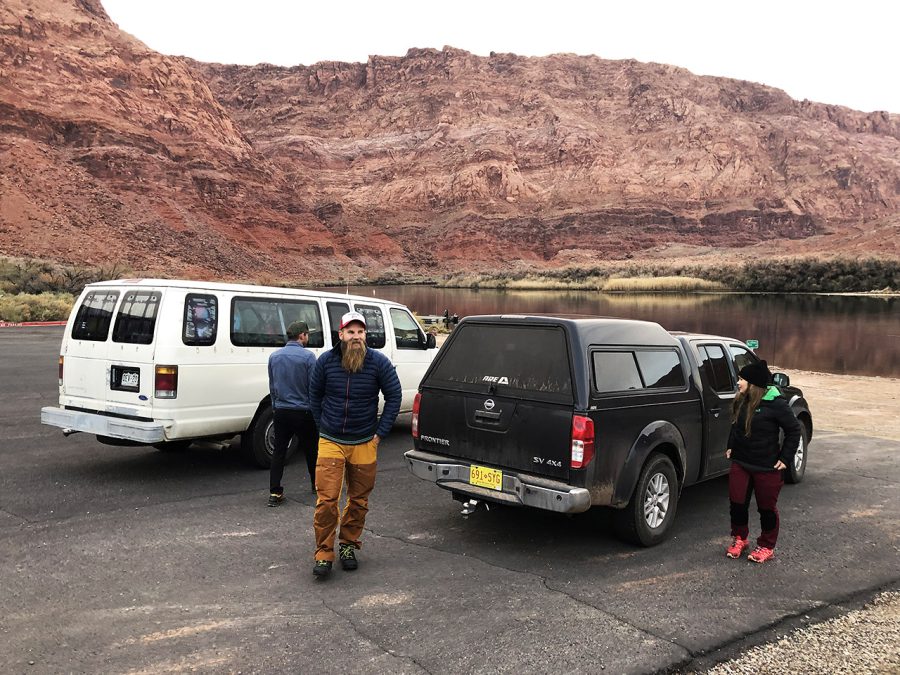
Whereas some of compulsory items (such as a picture ID, a First Aid kit or a stove) were easy, bringing a US Coast Guard certified PFD would have posed a problem for us – such PFDs are not available in Europe as we have a different certification system here. And even though the ones that we have could be identical to the ones sold in the US, we were told that we could not use them as there was no “Coast Guard label”. They seem to be rather strict about it. And in this case, Ben also helped us out as he promised to bring an ‘American’ PFD for each of us.
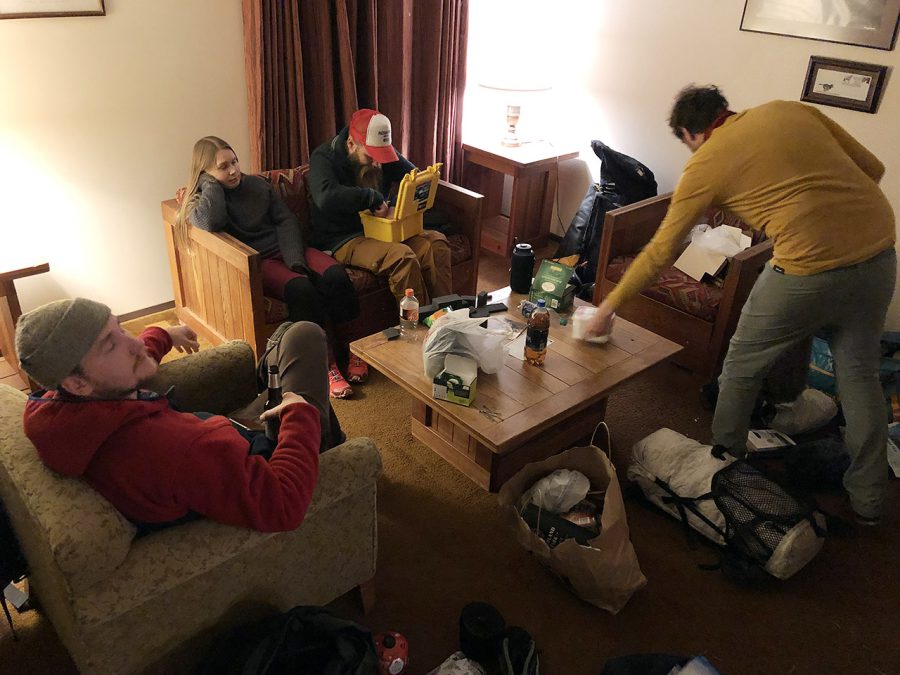
And so, all paperwork done, airplane tickets and motels booked, cars rented, new equipment purchased, we were ready to start the trip of a lifetime, to start an adventure.
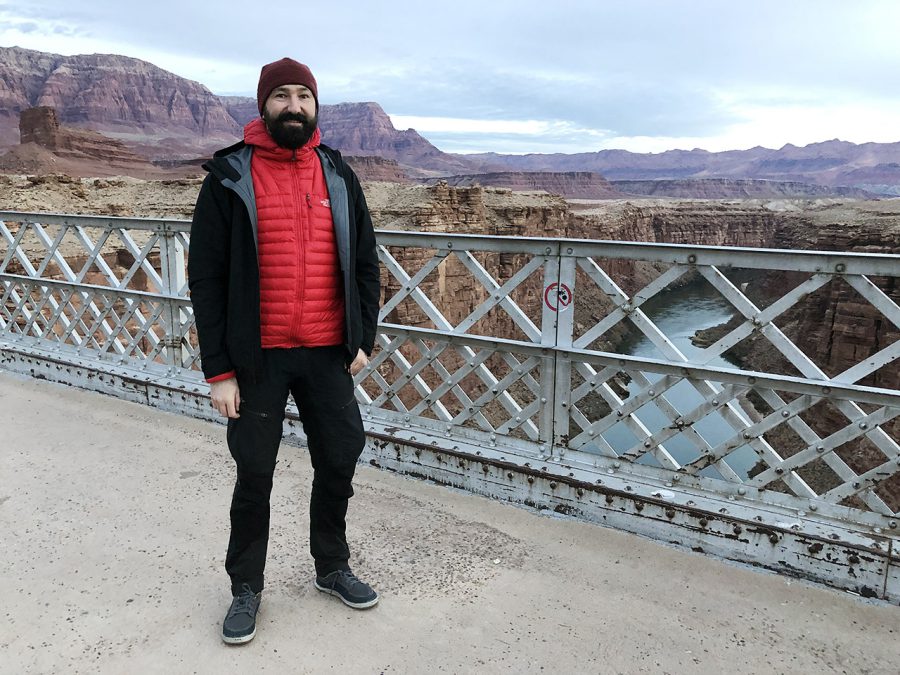
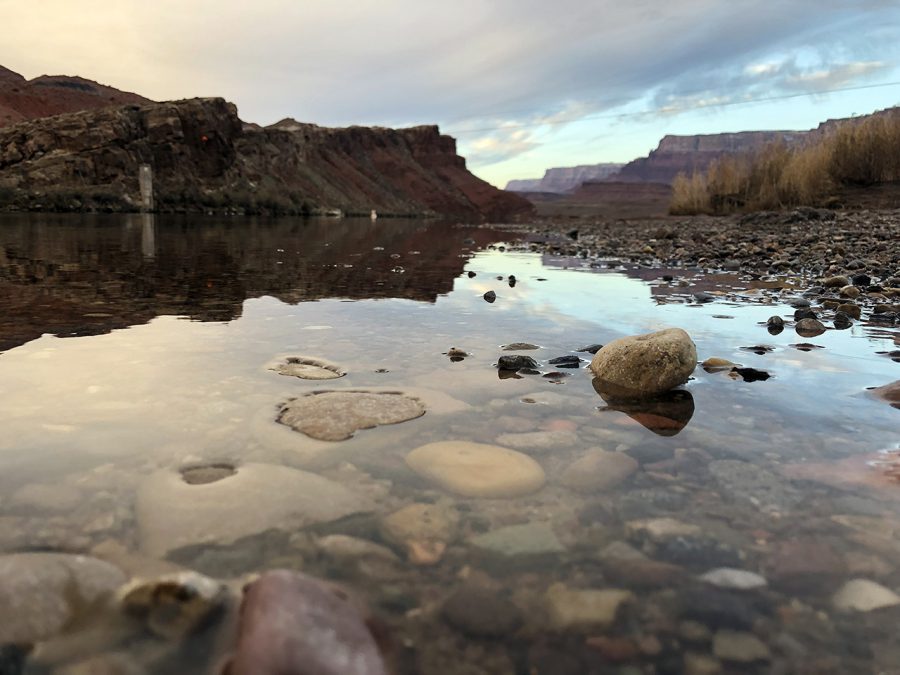
Related Articles
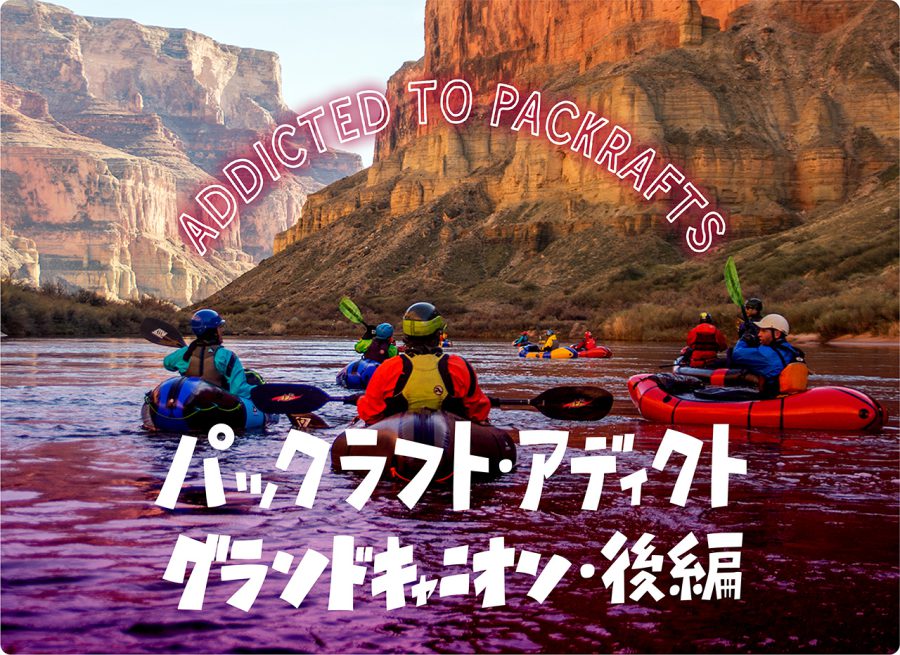
パックラフト・アディクト | #25 グランドキャニオン <後編>大自然と急流をめぐる12日間364キロの川旅
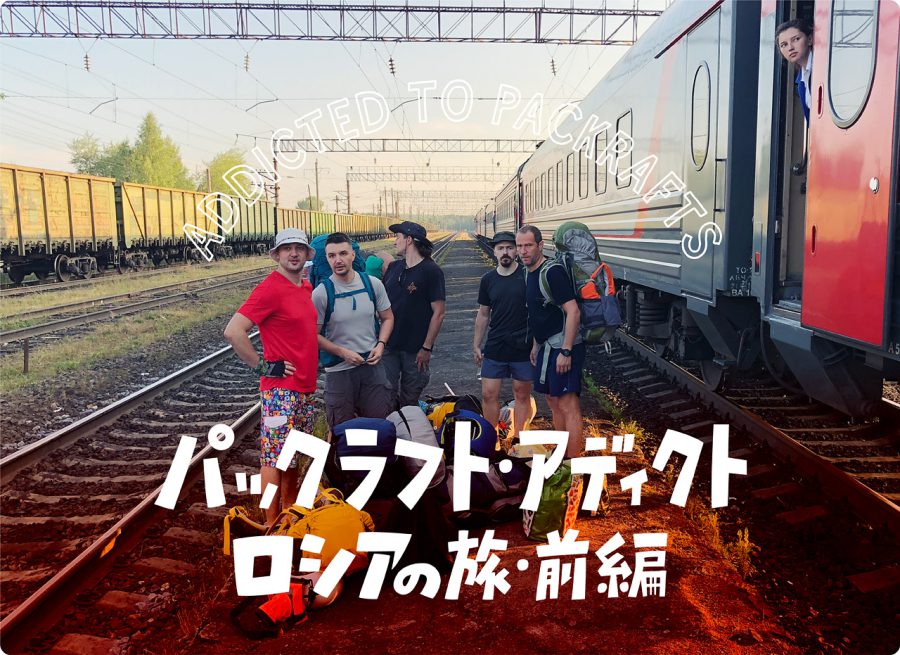
パックラフト・アディクト | #11 ロシアのパックラフトの旅 <前編>冒険のはじまり
- « 前へ
- 2 / 2
- 次へ »
TAGS:

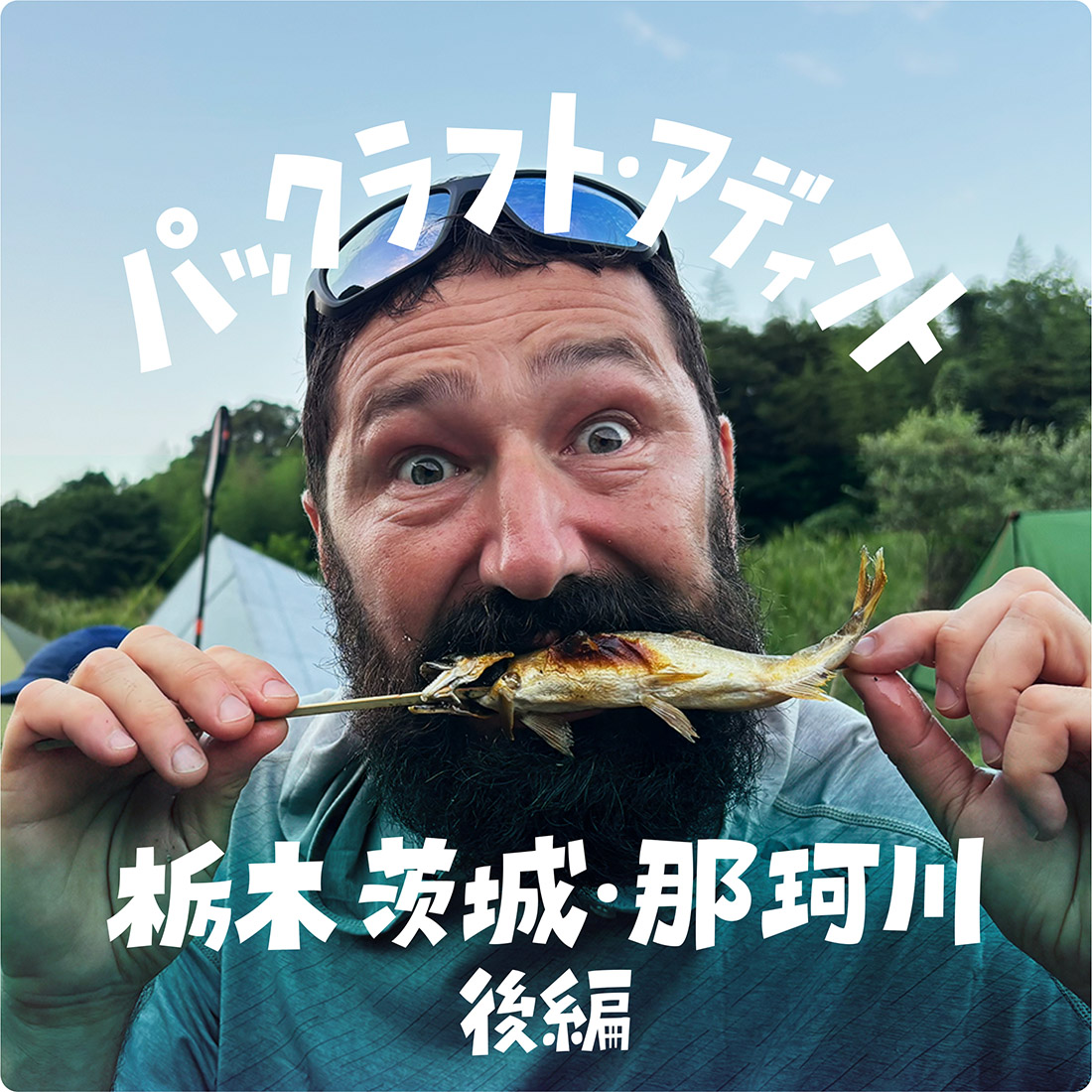
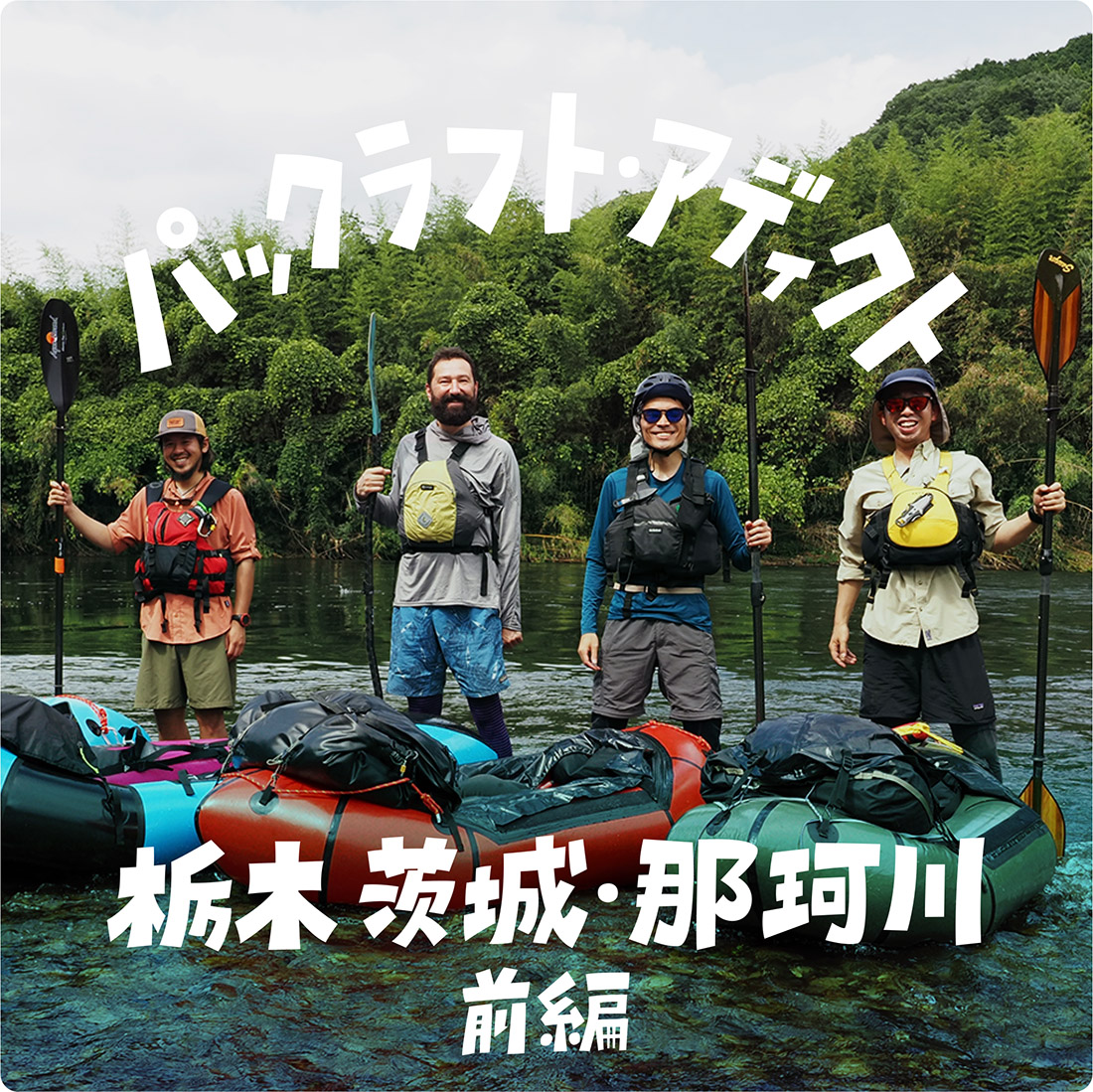
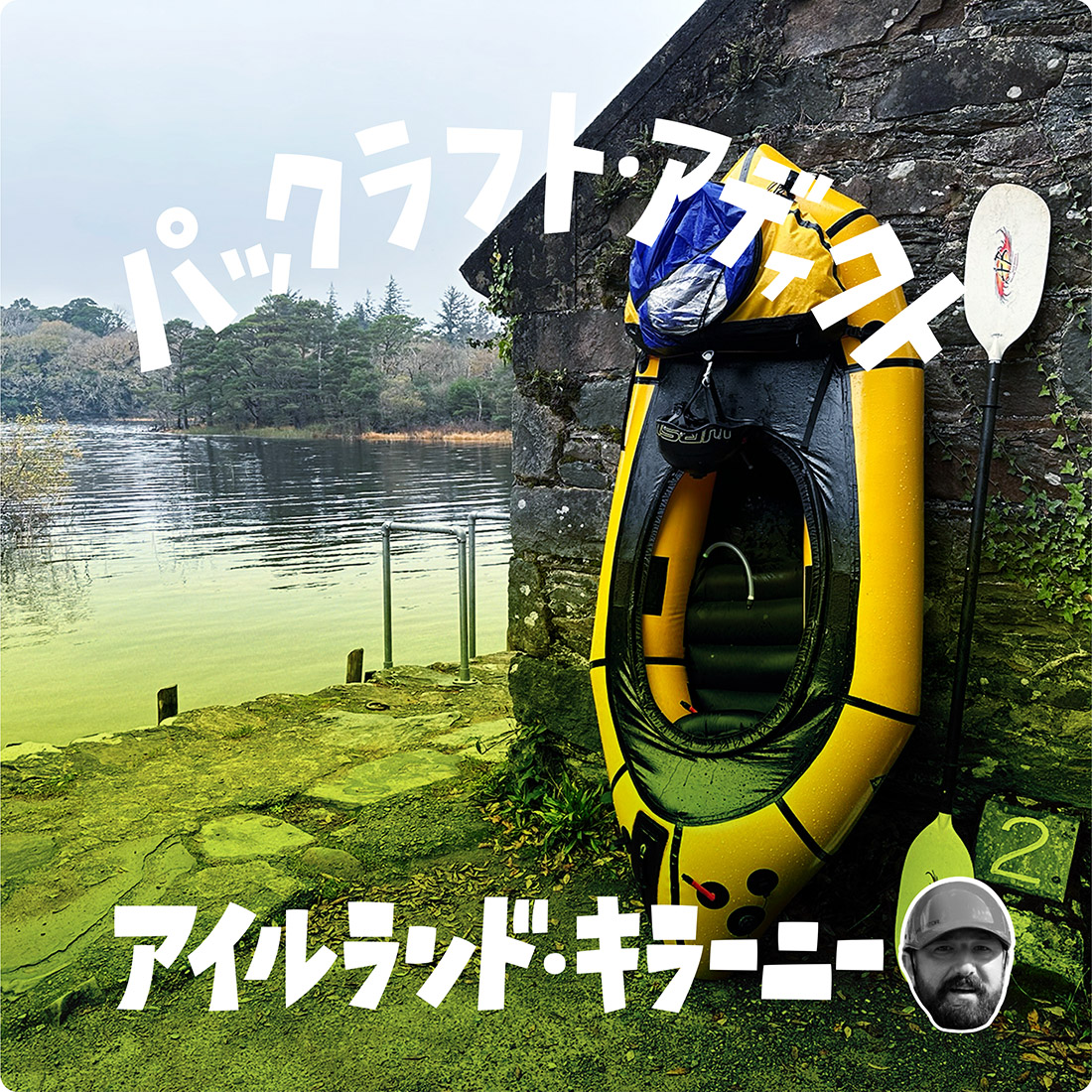










 ULギアを自作するための生地、プラパーツ、ジッパー…
ULギアを自作するための生地、プラパーツ、ジッパー…  ZimmerBuilt | TailWater P…
ZimmerBuilt | TailWater P…  ZimmerBuilt | PocketWater…
ZimmerBuilt | PocketWater…  ZimmerBuilt | DeadDrift P…
ZimmerBuilt | DeadDrift P…  ZimmerBuilt | Arrowood Ch…
ZimmerBuilt | Arrowood Ch…  ZimmerBuilt | SplitShot C…
ZimmerBuilt | SplitShot C…  ZimmerBuilt | Darter Pack…
ZimmerBuilt | Darter Pack…  ZimmerBuilt | QuickDraw (…
ZimmerBuilt | QuickDraw (…  ZimmerBuilt | Micro Pack …
ZimmerBuilt | Micro Pack … 














